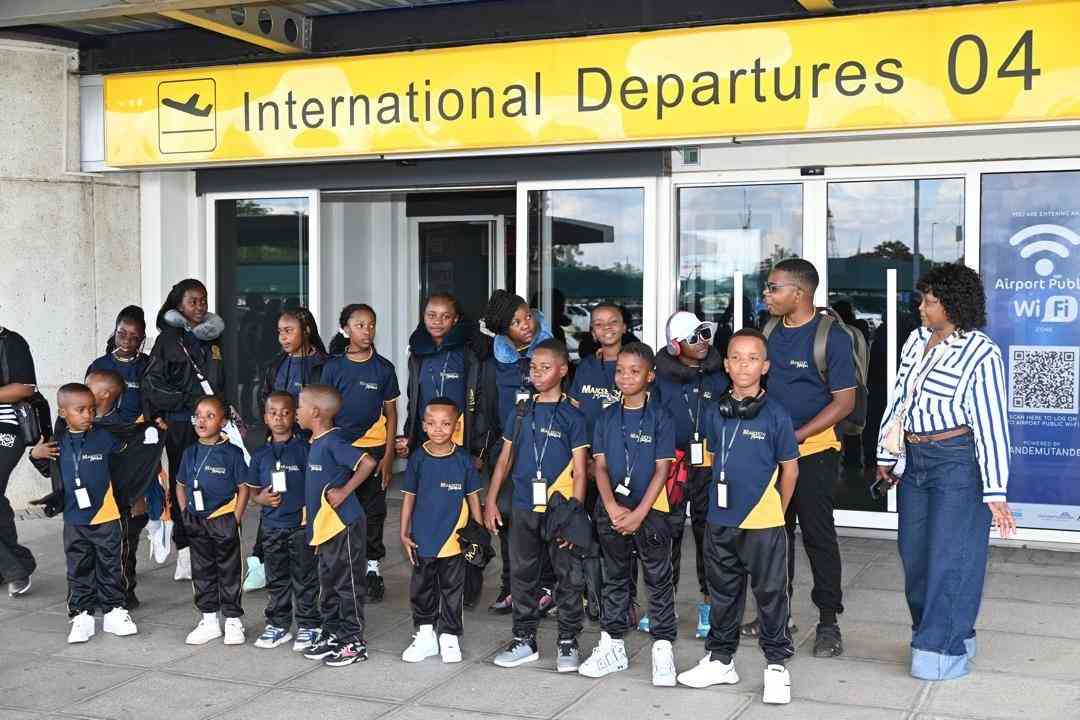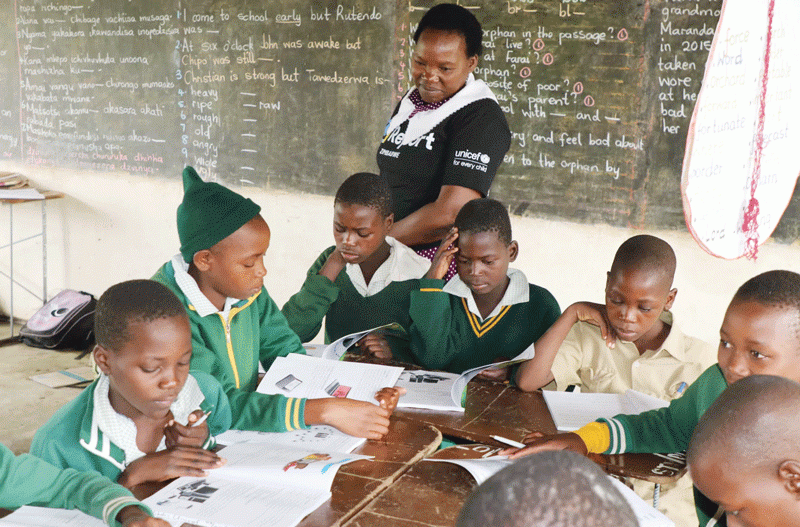
A feature of cryptic crosswords is the use of anagrams [presumably we can remember back to our school days and recall that an anagram is a word or phrase formed by the letters of another in a different order.] For example, an anagram of the word ‘anagram’ is ‘a rag man’ (which probably is a good description of someone who likes anagrams!)? Someone has come up with a number of wonderful and interesting anagrams. For those of us who have been school boarders, we might be interested to know that an anagram of ‘dormitory’ is ‘dirty room’ (and that ‘semolina’ is an anagram of ‘Is no meal’!) – that fits, does it not? [How many readers have stopped to check if these words are correct…?] For those of us who are married, an anagram of ‘mother-in-law’ is ‘woman Hitler’. Maybe the most surprising one though is an anagram of ‘Election Results’ – it is ‘Lies. Let’s recount.’
Anagrams are in effect word equations – the one word equals the other. And equations play a big part not only in Mathematics but also in Education as a whole. In many ways education equals equation (though equation does not equal education). Both are about balancing different sides; both are about making different parts equal; both are about working out the unknown from the known. And both have a lot to do with Albert Einstein, who because of his mathematical ability was credited as being one of the greatest minds to have lived. [By the way, an anagram of ‘Albert Einstein’ is ‘Ten elite brains’ – that fits too!]. E-learning has a lot to do with E-instein.
Einstein had many thoughts on education. It was he who said that “the only thing that interferes with my learning is my education” and that “education is what remains after one has forgotten everything he learned in school.” As parents we often confuse learning and education but they are not the same thing. Learning does not equal education and education does not equal learning. So, what is education? We can see not so much by e-quations but by e-quotations!
One of the major talking points in education is e-learning – we live, after all, in the E (electronic) age. E-mail, e-learning – even in the age of e-lobola (payments are paid on the internet not by visits to the other’s family)! People in this ICT world have been divided into two categories – ‘digital migrants’ and ‘digital natives’ (though there are equally ‘digital exiles’ or even ‘digital aliens’)! The concern of many in the educational world, mainly those who have been teaching for many years, is that technology cannot and must not take the place of the teacher, of the human element. Interestingly Einstein had a similar thought many years ago when he said that “Concern for man and his fate must always form the chief interest of all technical endeavours. Never forget this in the midst of your diagrams and equations.” Education will always need the human element – children are humans not machines.
Interestingly, politicians declare that educational standards are improving yet at the same time university professors are bemoaning the fact that more and more students entering university cannot write simple sentences What did Einstein say? “Any intelligent fool can make things bigger, more complex, and more violent. It takes a touch of genius — and a lot of courage — to move in the opposite direction.” The secret of education perhaps is to keep it as simple as possible, as an anagram of ‘astronomer’ is ‘moon starer’! Remember, it is e-quality, not e-quantity!
Of course, a real part of education is to help people solve problems, to answer questions. A writer, Anne Tyler, stated that “The world was full of equations . . . there must be an answer for everything, if only you knew how to set forth the questions.” In turn Einstein has said that “The important thing is not to stop questioning. Curiosity has its own reason for existing.” In addition, he has been quoted as saying that “We can’t solve problems by using the same kind of thinking we used when we created them.” Perhaps that links to the interesting anagram of ‘Eleven plus two’ which is “twelve plus one’! Maths and English do agree!
Education is about the whole person; it is keeping complex things simple; it is questioning for oneself. Edward Witten, the writer, has extolled that “the beauty of Einstein’s equations, for example, is just as real to anyone who’s experienced it as the beauty of music. We’ve learned … that the equations that work have inner harmony.” May we all discover that inner harmony in education.
- Tim Middleton is the executive director of the Association of Trust Schools [ATS]. The views expressed in this article, however, are solely those of the author in his private capacity and do not necessarily represent the views of the ATS.
- Email: tim@atszim.org
- website: atszim.org
- More woes for suspended Cottco boss
- ED heads for Marange
- ‘Zimbos dreading 2023 elections’
- Zim headed for a political dead heat in 2023










